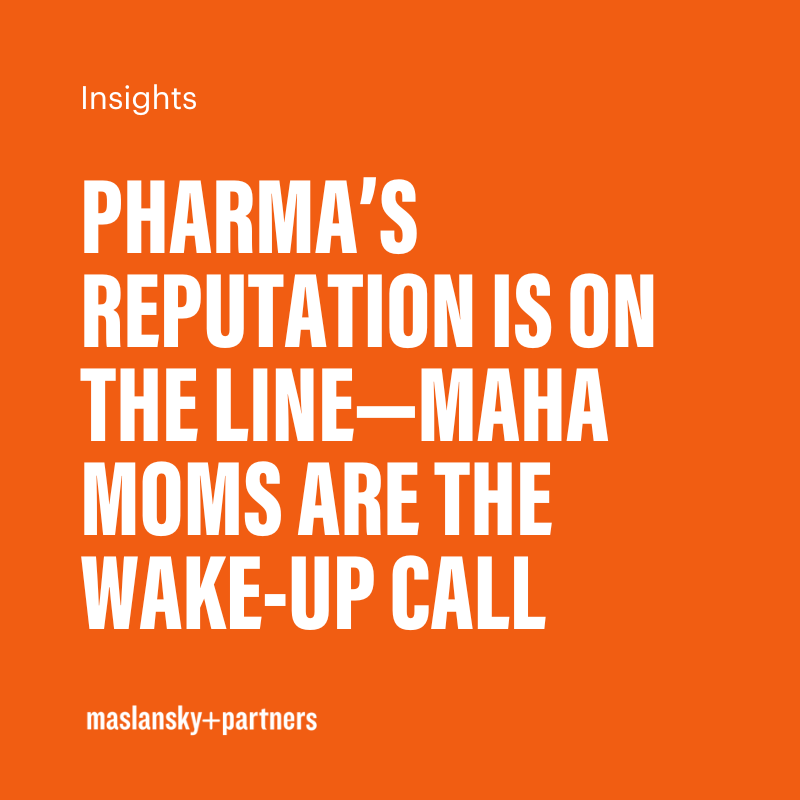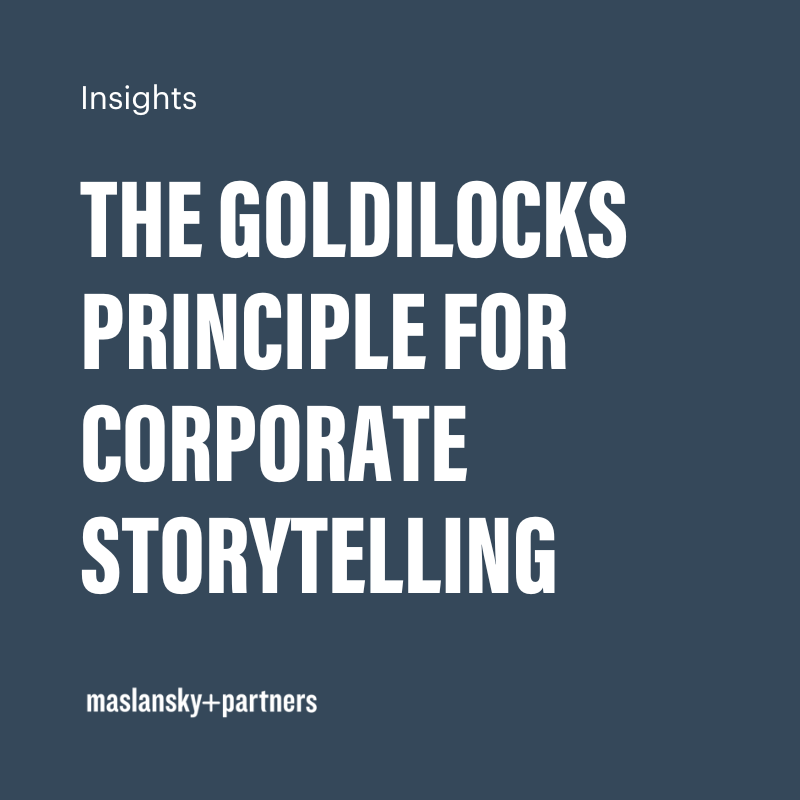Why PR Should Focus on Emotion
Facts are important, but to win consumers over, you must appeal to their emotions. That means meeting them where they are and opening the door for more authentic conversations.
Hailed by many as 2017’s best ad to date, State Street Global Advisors’ “Fearless Girl” promotion featured a statue of a girl staring down Wall Street’s well-known “Charging Bull” statue. The image served as a potent, emotional reminder of what women executives face, and it did its job in both promoting SSGA’s Gender Diversity Index Fund and its desire to see more women appointed to corporate boards.
The emotional appeal spurred feelings of both empowerment and negativity.









